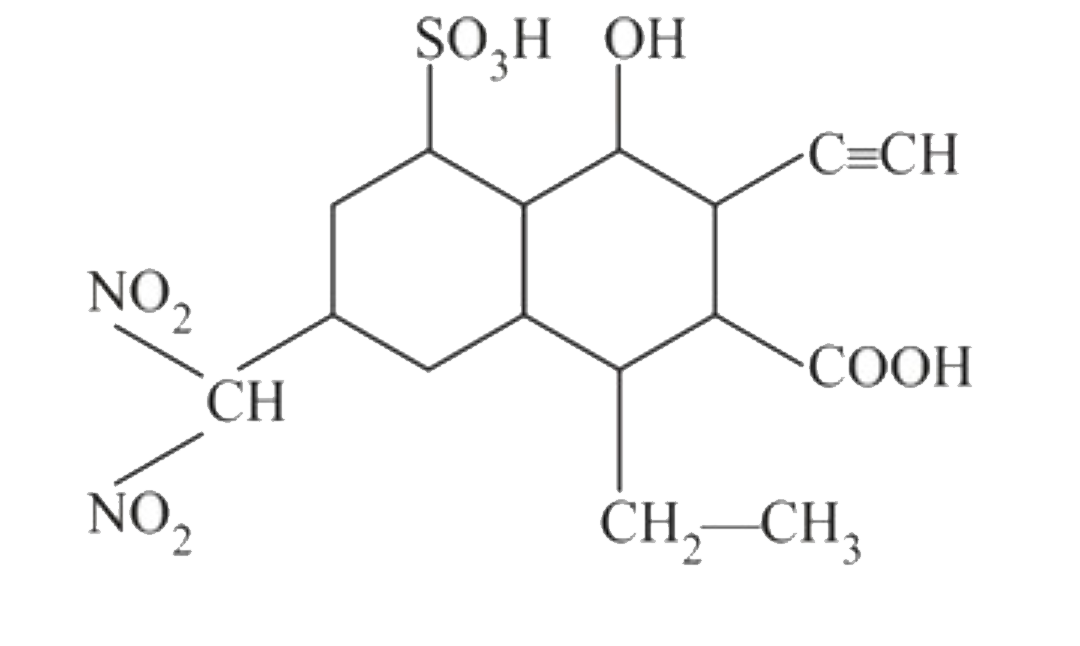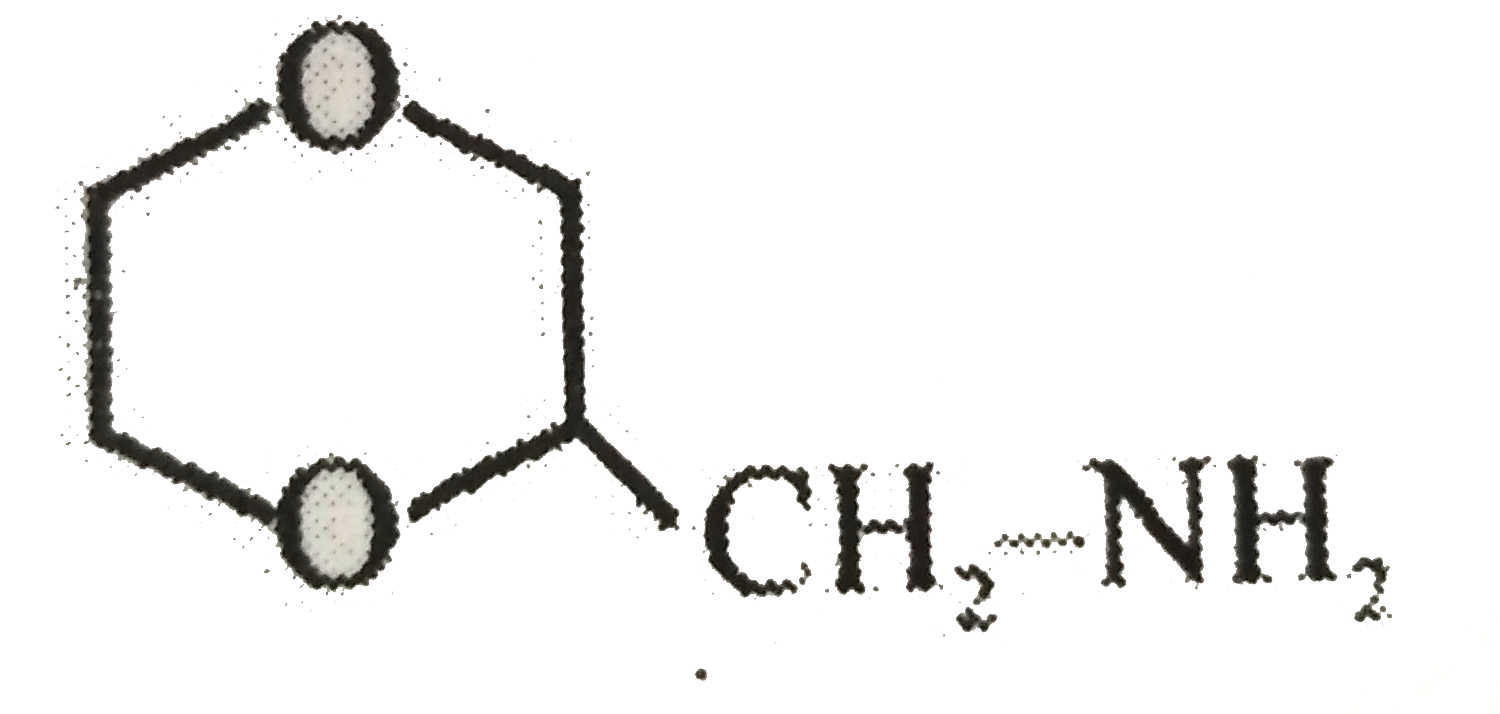Which formula denotes the simplest positive integer ratio of atoms present in a compound?
Molecular formula
Empirical formula
Empirical formula mass
Percentage
The correct Answer is:B
To solve the question "Which formula denotes the simplest positive integer ratio of atoms present in a compound?", we need to understand the different types of chemical formulas and identify which one represents the simplest ratio of atoms.
1. Understand the Types of Formulas:
- Molecular Formula: This formula shows the actual number of atoms of each element in a molecule. For example, the molecular formula of glucose is C₆H₁₂O₆, which indicates there are 6 carbon atoms, 12 hydrogen atoms, and 6 oxygen atoms.
- Empirical Formula: This formula represents the simplest whole number ratio of the elements in a compound. For glucose, the empirical formula can be derived from the molecular formula.
2. Calculate the Empirical Formula:
- From the molecular formula C₆H₁₂O₆, we have:
- Carbon (C): 6
- Hydrogen (H): 12
- Oxygen (O): 6
- To find the simplest ratio, we divide each number by the greatest common divisor (GCD) of these numbers. In this case, the GCD is 6.
- C: 6/6 = 1
- H: 12/6 = 2
- O: 6/6 = 1
- Thus, the empirical formula is CH₂O.
3. Identify the Correct Answer:
- Since the empirical formula (CH₂O) represents the simplest positive integer ratio of the atoms present in glucose, the answer to the question is the empirical formula.
4. Evaluate Other Options:
- Empirical Formula Mass: This is the sum of the atomic masses of the elements in the empirical formula and does not represent a ratio.
- Percentage Composition: This indicates the percentage of each element in the compound but does not provide a ratio of atoms.
Conclusion:
The formula that denotes the simplest positive integer ratio of atoms present in a compound is the Empirical Formula.
Final Answer:
Empirical Formula (Option B)
---
- Molecular Formula: This formula shows the actual number of atoms of each element in a molecule. For example, the molecular formula of glucose is C₆H₁₂O₆, which indicates there are 6 carbon atoms, 12 hydrogen atoms, and 6 oxygen atoms.
- Empirical Formula: This formula represents the simplest whole number ratio of the elements in a compound. For glucose, the empirical formula can be derived from the molecular formula.
- From the molecular formula C₆H₁₂O₆, we have:
- Carbon (C): 6
- Hydrogen (H): 12
- Oxygen (O): 6
- To find the simplest ratio, we divide each number by the greatest common divisor (GCD) of these numbers. In this case, the GCD is 6.
- C: 6/6 = 1
- H: 12/6 = 2
- O: 6/6 = 1
- Thus, the empirical formula is CH₂O.
- Since the empirical formula (CH₂O) represents the simplest positive integer ratio of the atoms present in glucose, the answer to the question is the empirical formula.
- Empirical Formula Mass: This is the sum of the atomic masses of the elements in the empirical formula and does not represent a ratio.
- Percentage Composition: This indicates the percentage of each element in the compound but does not provide a ratio of atoms.
The formula that denotes the simplest positive integer ratio of atoms present in a compound is the Empirical Formula.
Empirical Formula (Option B)
Topper's Solved these Questions
Similar Questions
Knowledge Check
- Question 1 - Select One
Assertion: Molecular formula shows the exact number of different types of atoms present in a molecule of a compound.
Reason : Molecular formula can be obtained directly from empirical formula which represents the simplest whole number ratio of various atoms present in a compound.AIf both assertion and reason are true and reason is the correct explanation of assertionBIf both assertion and reason are true but reason is not correct explanation of assertion.CIf assertion is true but reason is false.DIf both assertion and reason are false.
Give the appropriate term defined by the statements given below :
The formula that represents the simplest ratio of the various elements present in one molecule of the compound.View SolutionFormula showing simplest whole number ratio is :
View SolutionHow many acidic hydrogen atoms are present in this compound
 View Solution
View SolutionThe hetero atoms present in the following compound is/are :
_E01_010_Q01.png) View Solution
View SolutionWhat is the positively-charged particle present in an atom called?
View SolutionNumber of secondary carbon atoms present in the compounds is respectively :
 View Solution
View SolutionWhat is the formula of the crystalline compound in which the atoms A are present at all the eight corners and atoms B at the centres of all the six faces ?
View Solution


